Magic in the Mundane: Interview with Film Photographer Kelsey Smith
2 13 Share TweetIf you're one to frequently browse the film side of Instagram, you've most likely come across one of Kelsey Smith's distinct vibrant images. His style evokes a sense of nostalgia, a deep look into the fleeting nature of time and one's own growth in parallel to one's surroundings.
Kelsey is a big fan of Lomography Color Negative 800, exploring the versatile film stock's capabilities through his photos of the American suburban landscape and more, as seen in his photobook, Please, Don't Leave Me, which he also talks about in this interview. Let's get into it!
Hi, Kelsey! Welcome to the magazine. Can you start off by introducing yourself?
First off, thank you so much for having me! I can't emphasize enough how much I adore everything Lomography, so having the opportunity to interview with you is honestly a little surreal!
My name is Kelsey Smith, and I’m a film photographer based in Middle Georgia. My journey into photography arose from a deep fascination with the fleeting nature of time, childhood nostalgia, unspoken societal nuances, and the often-overlooked beauty in everyday moments. Since I was a kid, I've been captivated by the magic hidden in the mundane; those fleeting instances that might otherwise go unnoticed, and I've made it my mission to try my best to capture it.
In my attempt to blend both contemporary and classic aesthetics, I’ve hoped to shape a visual narrative that resonates, particularly with those acquainted with the American suburban landscape. This endeavor has been as much about understanding photography as it has been about self-discovery, and if my work manages to have even a hint of childhood nostalgia or familiarity, then I feel like I've achieved something special.
How and when did you start shooting film?
After high school in 2014, I started my photographic journey with a digital Canon 70D, and let's just say those initial few years were...a learning experience. But 2016 was transformative. Thanks to my girlfriend McKenna and her father, I was introduced to the world of analogue photography. Around the same time, almost serendipitously, my dad gifted me his Canon F1-N — the exact one he used when he was in high school.
The instant I loaded the film and took that first shot, I knew there was no turning back. There’s an unparalleled allure to film that digital just can't replicate for me. Feeling the physicality of a negative, paired with the inherent quirks of film, was absolutely captivating. On top of that, using the same camera my dad did at my age only deepened my passion and connection to this beautiful art form.
You recently released your first photobook. Can you tell us about "Please, Don't Leave Me"? What are the inspirations behind it and what motivated you to finally release it? Also, what's the story behind the title?
Thank you so much for the kind words! "Please, Don't Leave Me" is a deeply personal project, chronicling three extremely transformative years of my life through a series of carefully curated photos. The title encapsulates the essence of the book: a plea to time, to moments, to my hometown, and to the people and experiences that have shaped my journey. It is about holding on, cherishing memories, and coming to terms with the transitory nature of life.
The inspirations for the book are multifaceted. On one hand, it's an ode to the beauty of fleeting moments and the quiet resonance of the ordinary. On the other, it's a reflection of the universal human experience, the collective memories we all share, particularly if you've grown up in the suburban American landscape. The images and poems woven together tell a story of love, loss, growth, and change.
The motivation to compile and release a photobook came from a need to share and preserve these memories in a tangible form. In the digital age, where images often get lost to the internet, having a physical copy felt crucial, not only for me but for anyone who might find a piece of their own story in these pages.
As for the title, "Please, Don't Leave Me", it's an expression of the feelings I often grapple with – the fleetingness of moments and the wish to hold onto them a bit longer. It's an intimate call to the past, present, and future, inviting introspection and evoking a sense of nostalgia. The book is not just a collection of photographs, but a testament to time, growth, and the beautiful impermanence of life.
The photos were taken with Lomography Color Negative 800, Portra 400 and Cinestill 400D. What do you like the most about these film stocks?
Lomography 800 is, hands down, my all-time favorite film stock, and it dominates the vast majority of the photos in "Please, Don't Leave Me". It's incredibly versatile, allowing me to capture a broad range of scenes, from the harshness of the midday sun to the golden hues of sunset to dimly lit interiors.
I particularly adore its fine grain and the way it renders vibrant, yet natural colors. There's a beautiful warmth and depth to Lomo 800 that evokes a palpable sense of nostalgia, aligning seamlessly with the emotions in my work.
Portra 400 is another gem. Its beautiful skin tones and soft color palette are perfect for capturing intimate portraits and serene landscapes. I appreciate its consistency, especially in varied lighting conditions. The muted colors and exceptional latitude give the images a timeless feel, which adds another layer to the stories I aim to convey.
Lastly, Cinestill 400D brings a cinematic touch to the mix. The halations around strong light sources give an almost ethereal glow to the images. Its fine grain and sharpness make it an excellent choice for urban settings and moments that seem straight out of a movie scene.
Together, these film stocks have helped me encapsulate a broad spectrum of emotions, atmospheres, and moments, each bringing its unique characteristics to the table, yet collectively forming a harmonious narrative throughout the photobook.
What's your favorite aspect of Lomography Color Negative 800?
Lomography Color Negative 800 has been a game-changer for me. I gravitate towards it primarily because of its versatility. Whether I’m shooting during golden hour or in overcast conditions, it just delivers. The colors are vibrant and warm without being over-the-top, and it brings out details in both the shadows and highlights really well.
The grain, too, plays a huge part. It's there, subtle, giving the photos a bit of texture and character without being too distracting. For someone trying to capture the feel of everyday moments, that little bit of texture can make an image feel more personal, more 'in the moment'.
But to put it simply, Lomo 800 just gets me. It seems to translate my vision into a photograph almost effortlessly. Every time I load a roll, I feel confident that it's going to help me get the exact results I'm after.
What is your post-process like? How do you achieve your distinct bright and warm style?
My post-processing journey begins right at the scanning phase. I use a Noritsu scanner to scan my negatives and ensure that the scans are flat. The flat profile provides me with a neutral base, allowing for more flexibility when I jump into adjustments.
Once I have these flat scans, I import them into Lightroom. The reason I prefer scanning them flat initially is to retain as much information from the negative as possible. This way, in Lightroom, I can fully harness the unique characteristics of the film stock while also molding the image to my liking.
I usually start by boosting the exposure quite a bit. Given my love for a bright and airy aesthetic, I often lean towards that overexposed feel, and film handles it incredibly well. As a side note, I tend to shoot all my film 2/3rds of a stop overexposed to maintain shadow detail and reduced contrast.
For the warm tone that's signature to my style, I delicately tweak the temperature and tint sliders, emphasizing those golden hues and warm undertones inherent in the film, but giving them a slightly enhanced push.
Working with a film's natural characteristics means understanding its color palette and grain structure. By scanning flat, I can accentuate these features in post without feeling like I'm forcing too much of a look onto the image. It's more about revealing the beauty that's already present and subtly infusing my personal touch. The charm of film lies in its inherent characteristics, and my goal in post is to celebrate that while adding a dash of my own interpretation.
Your photobook also includes a few poems that you wrote. Are there differences or similarities between the way you approach poetry and film photography?
Poetry has been a recent love affair. Just like photography, it allows me to convey emotions and stories. While photographs freeze moments, words give them voice. My approach to both is quite similar: raw, honest, and introspective.
You've mentioned that you mostly take photos of "boring" or mundane things. Are there other subjects or photography styles you'd like to explore soon?
Definitely! I've got a growing passion for street photography. Every time I find myself in a big city, I'm out there with my camera, trying to capture the bustle, the unique city moments, and the spontaneous interactions. There's an energy in bigger cities that's just so different from what I'm used to, and I love capturing that contrast.
I've also been experimenting with grainy black and white photos, which really adds a raw, candid feel to street scenes. Even though I haven't shared much of this work, it's a style and subject matter that I'm truly excited about and want to delve into more.
What's your favorite or most memorable photo taken in your photobook? And are there also others that didn't make the cut?
Deciding on a favorite photo from the photobook feels a tad like choosing a favorite child – it's a genuine challenge! But if we're playing favorites (and I promise this won't be a habit when I have kids…maybe), I'd choose a seemingly simple snapshot of my grandparent's kitchen.
To many, it's just a room, but to me, it's a reminder of sunlit mornings and childhood whispers. It's brimming with nostalgia and personal comfort.

Regarding the unseen photos? I've captured an uncountable number of photos, and truth be told, the vast majority will never see the light of day. If I were given a penny for every bad photo I’ve taken, I'd likely be rolling in a mountain of pennies. On the opposite end of the spectrum, some photos I truly did love didn't make the cut either.
On top of that, with each new day, fresh subjects and scenes lured me in, making me realize the project might never end if I didn't draw the line somewhere. There comes a time to pause, appreciate the journey, and put the work out into the world, so that’s what I did.
Do you have any tips for younger people getting into film photography or to anyone planning their own photobook?
Absolutely! For those just dipping their toes into film photography, my biggest advice is to embrace the process. Film teaches patience and intentionality. It’s okay to make mistakes; every “bad shot” is a lesson learned. Dive into the film community, whether online or locally. The shared experiences and knowledge from others can be invaluable.
As for creating a photobook, it's a journey of introspection. Your first draft is seldom your final draft. It's about refining, understanding what stories you want to tell, and how best to convey them. Perfection is not the end goal; expression is. Lastly, always trust your instinct. Your perspective and voice are unique, and that's what makes your work special. Enjoy every moment of the journey!
Lastly, where can we get copies of your photobook? And are there any other projects you'd like to share with the community?
You can grab a copy of my photobook in a few places! I have a limited number of signed first edition softcover and hardcover copies available exclusively on my website but for those who prefer mainstream retailers, you can find the book at Amazon, Barnes & Noble, and a few select smaller retailers.
As for new projects, I’ve been (very) slowly piecing together another photobook that's a tad different from the work I usually create. I've also recently put out some film inspired Lightroom preset packs, which were a blast to create, and I'm incredibly humbled to have the opportunity to work with Stills, a budding licensing agency, to explore photo licensing for the first time. Beyond these projects, I'm quite active on social media, and it's always a joy to connect with new artists there! So, I’d love to meet some of you there!
Finally, I want to say thank you so much to you and the rest of the Lomography team! It has been an honor to share my work with this amazing community and I couldn’t be happier about it. I’m so excited for Lomography’s future because I know it’s going to be as bright as its past!
We'd like to thank Kelsey for sharing his images and stories with us! To view more of his work, follow him on Instagram.
written by sylvann on 2023-10-25 #culture #people #places #photobook #suburb #lomography-color-negative-800 #kelsey-smith






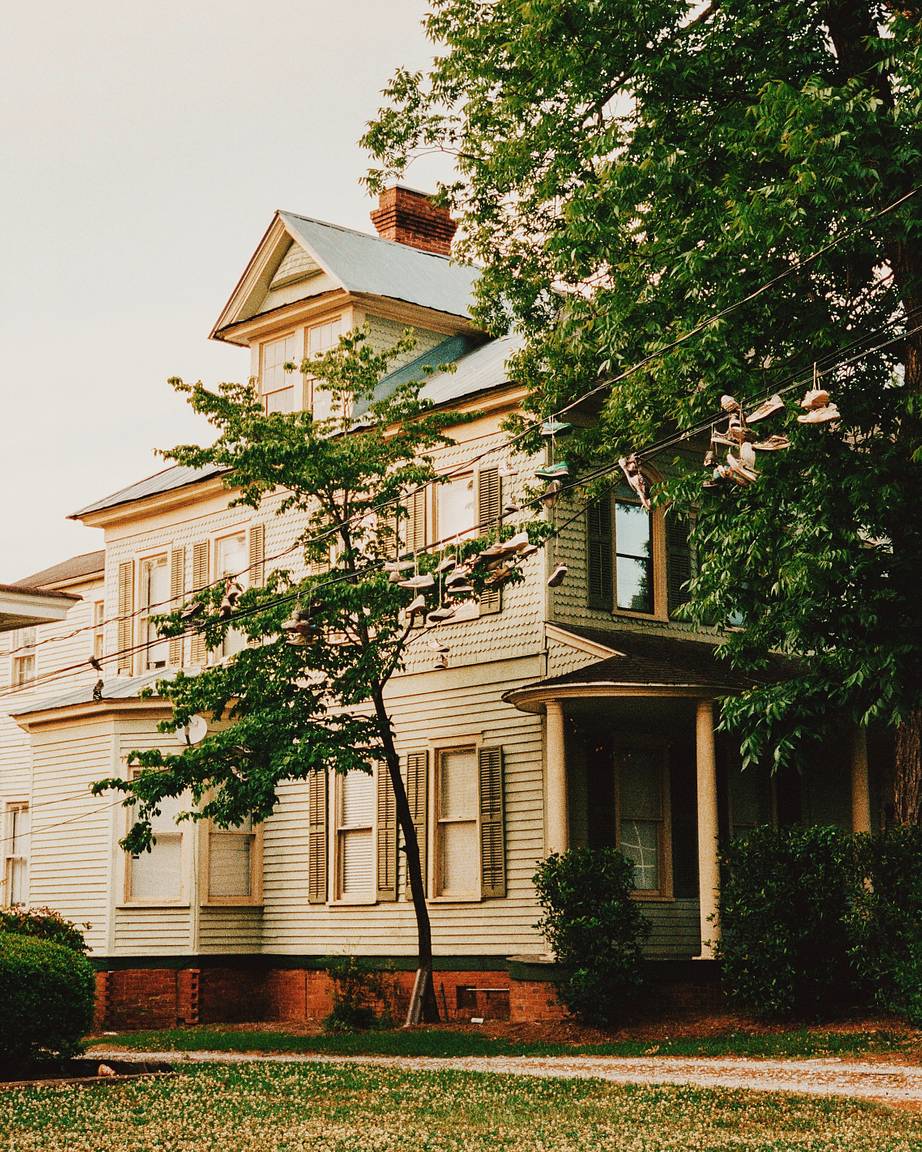

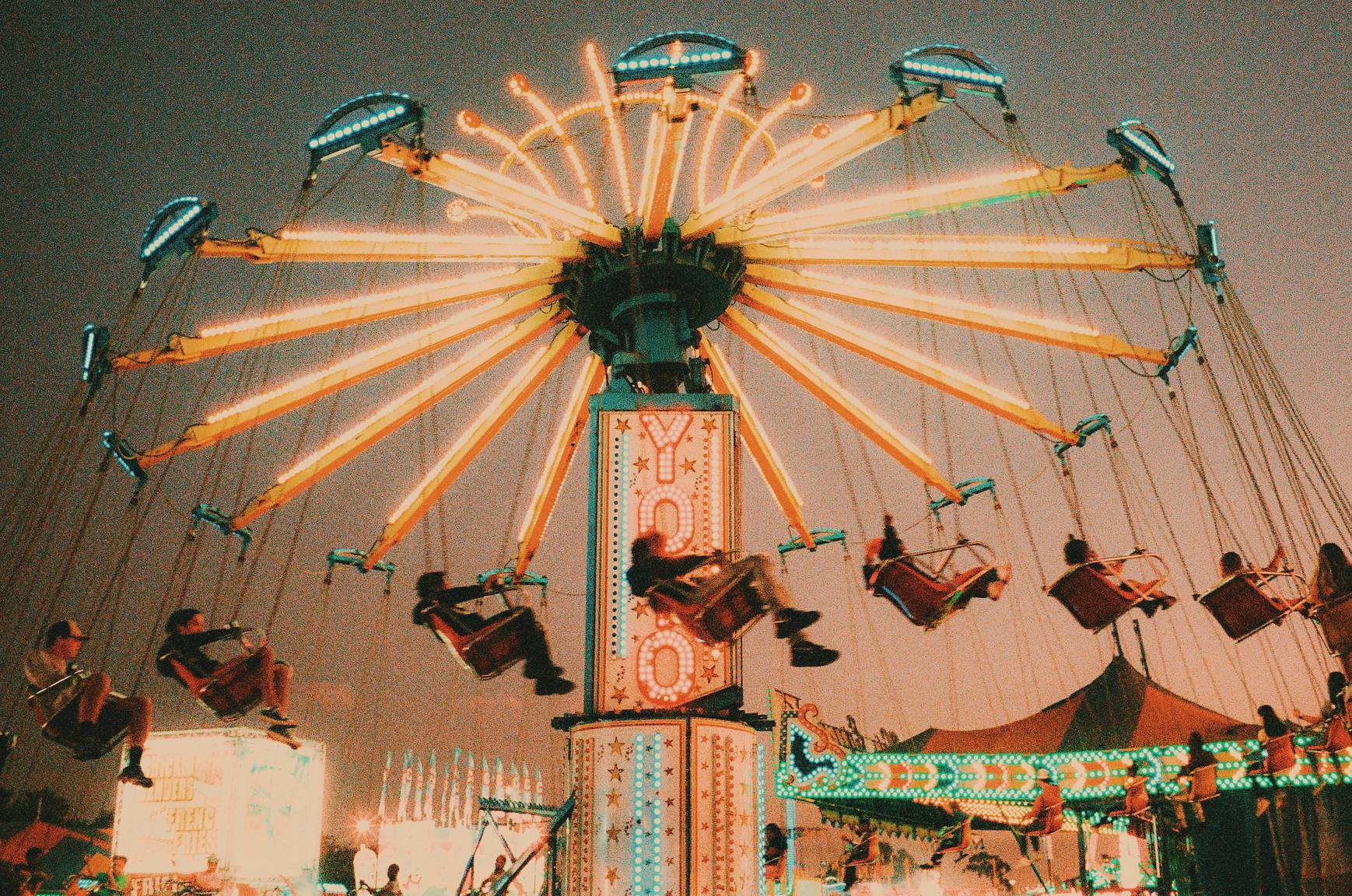






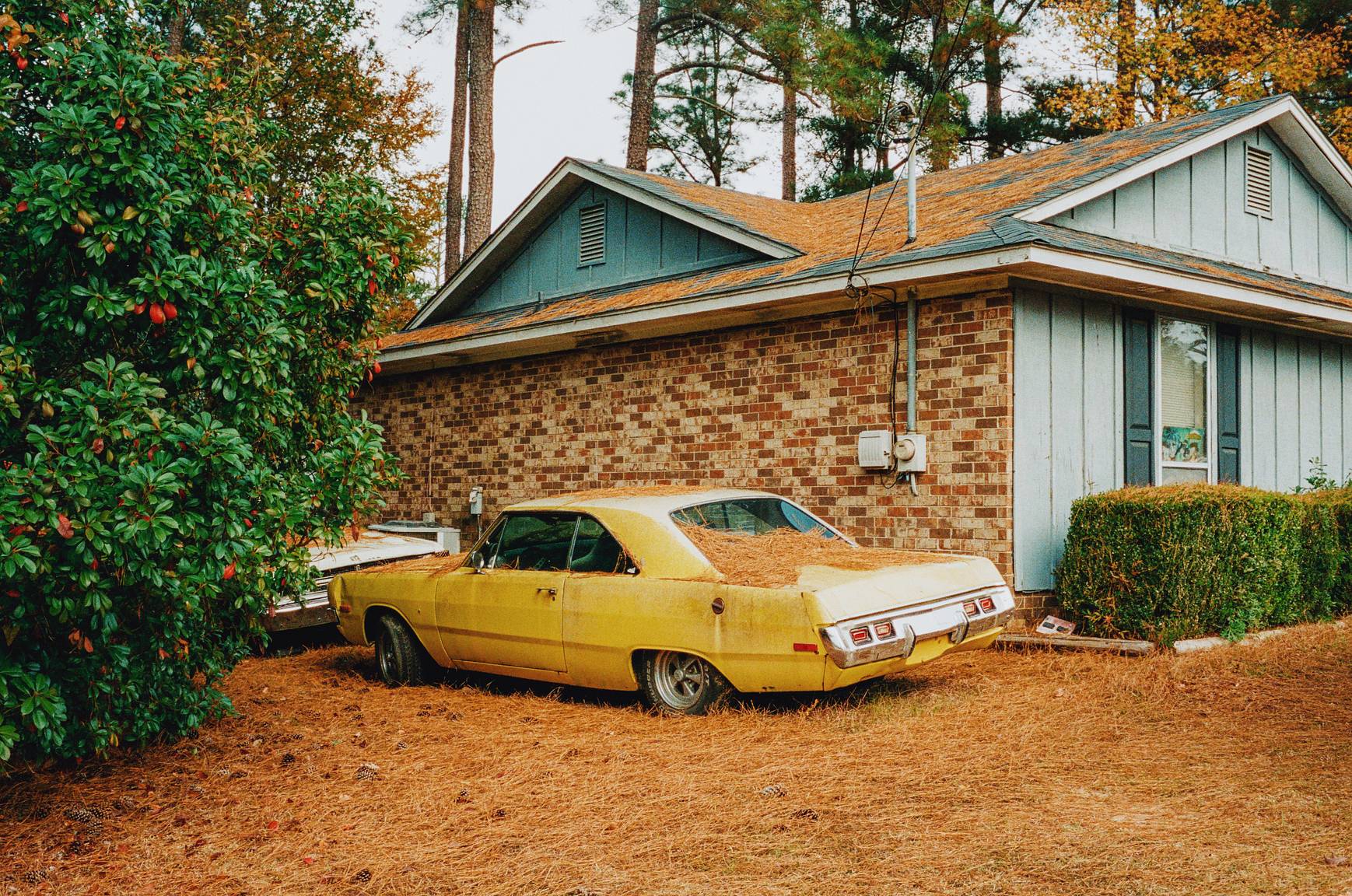



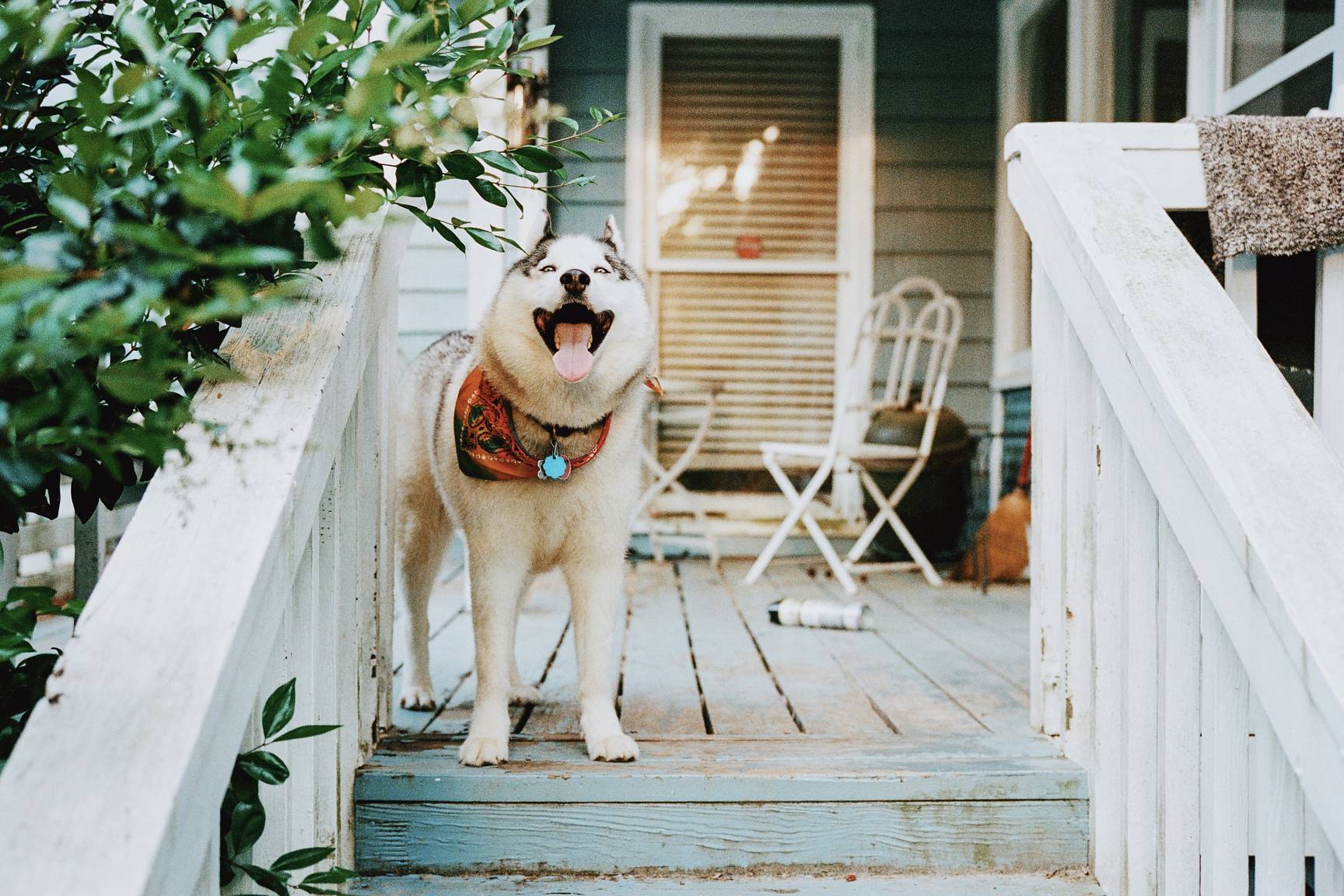

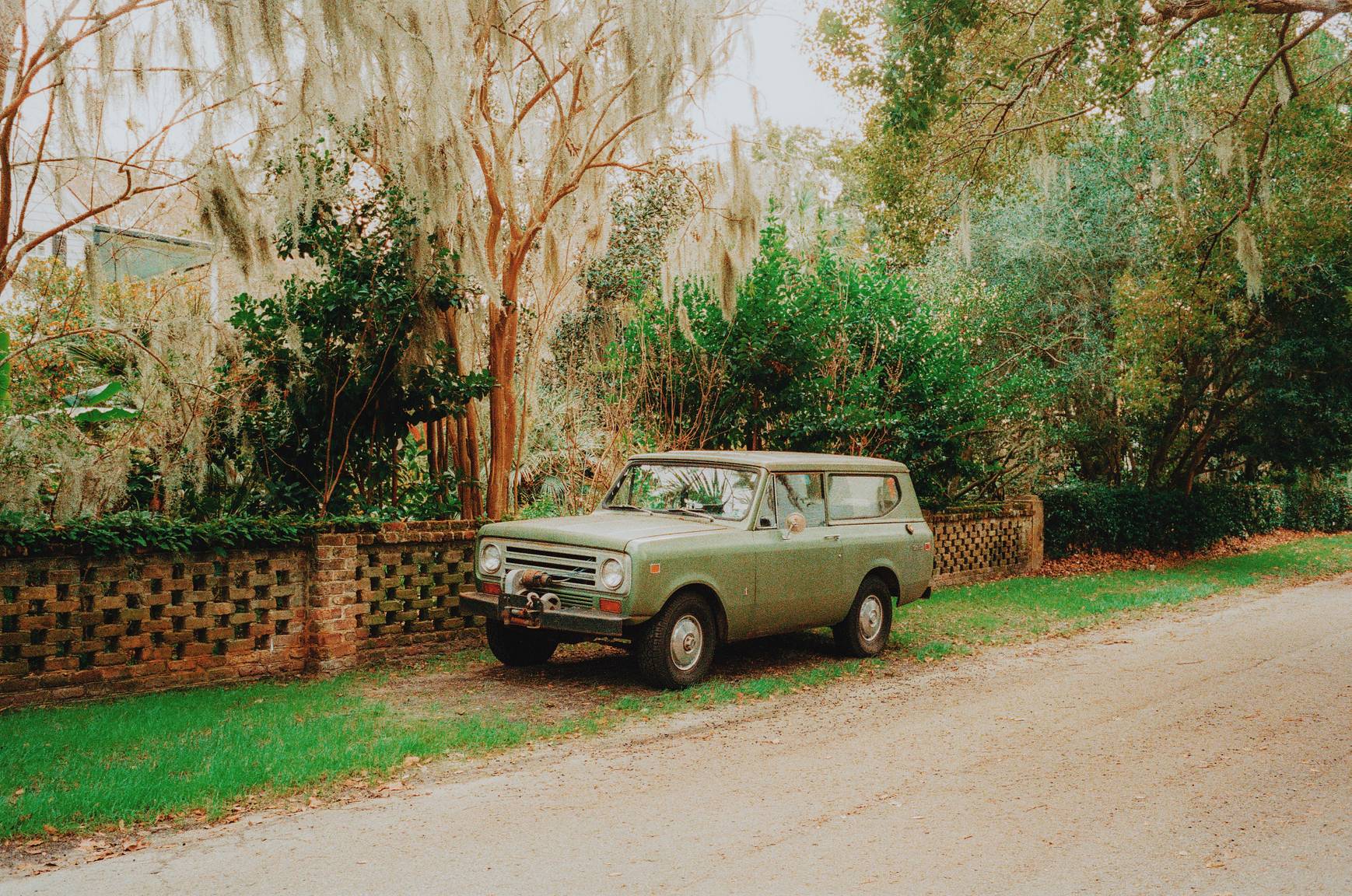





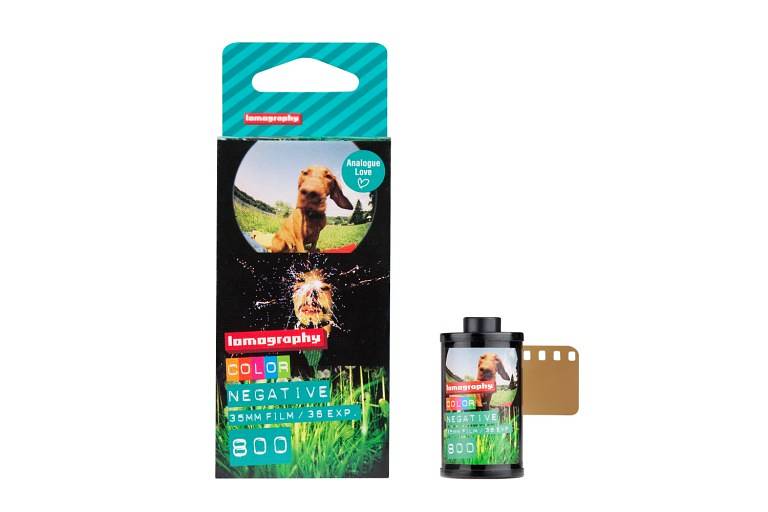










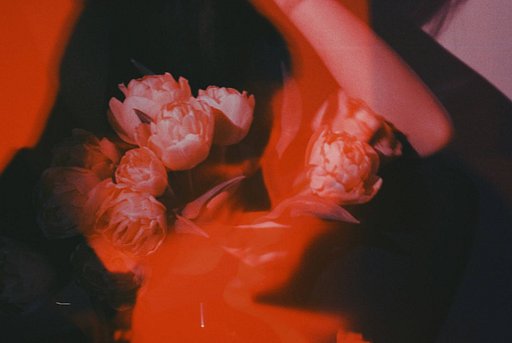



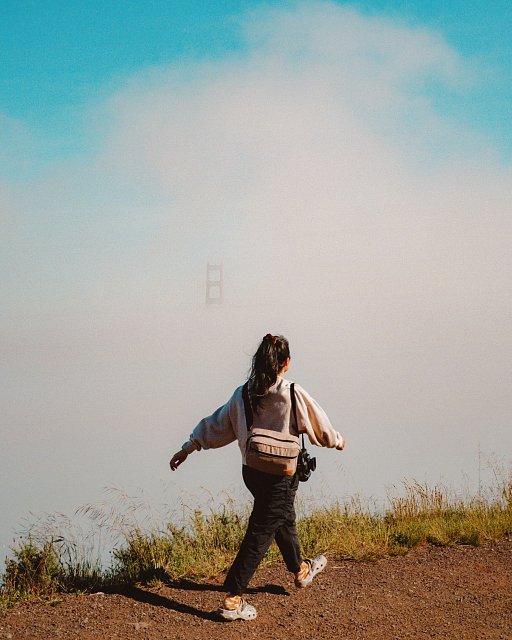

2 Comments